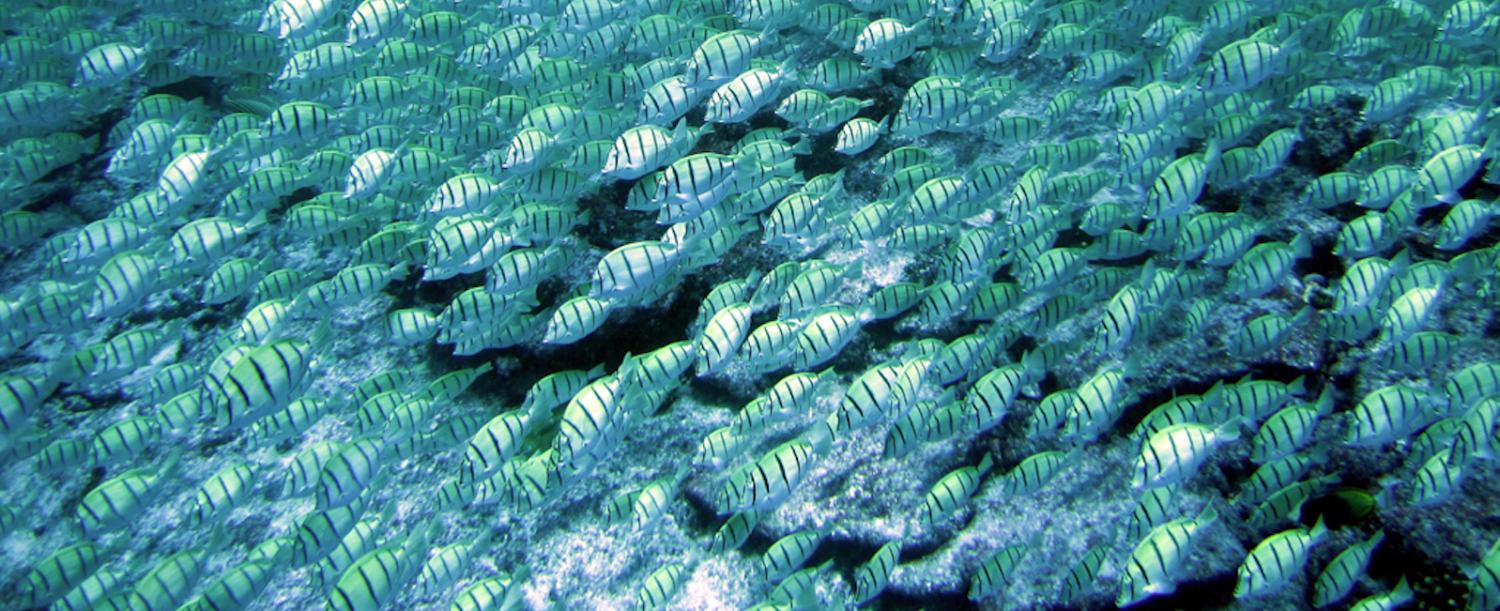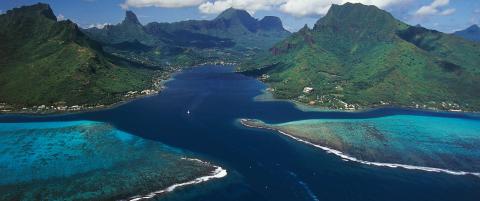It is undoubtedly in Australia’s geopolitical interests to invest in the development of our immediate region, but the question we should all be asking is: what is the most effective way to spend our taxpayer-funded aid budget in the Pacific, rather than simply, how can we compete with China?
The Morrison government’s latest announcement to invest $2 billion in an infrastructure facility to counter the influence of China in the Pacific suggests that Australia may have lost its way and is simply following the emergent leader, rather than being a leader in potentially charting a more sustainable development path.
It is not possible to have sustainable and inclusive economic development without investing in human capital.
With our foreign aid budget cut to the lowest level in history, it has never been more important to get the most bang for our buck out of Australia’s aid program. This requires making principled decisions in partnership with Pacific nations on how to allocate aid in the most efficient and effective manner – rather than being driven by China’s playbook.
There is no question that Australia must take into account the increasing influence of China in our region – a failure to do so may have implications for our region’s security, stability, and prosperity. But it should not be the main driver and come at the expense of sound, evidence-based decision-making on how to get the highest returns from our aid budget.
The Pacific region faces major development challenges with low educational attainment, limited access to quality health care, and some of the highest child malnutrition rates in the world. If large segments of a population are uneducated and suffer the impacts of poor health, this ultimately impacts on productivity and economic growth.
Therefore, we need to ask whether the current government and the opposition have got the focus right in committing to scaling up concessional loans and grants for infrastructure in the Pacific, especially if this comes at the expense of other aid investments with potentially higher development dividends.
Evidence shows that it is not possible to have sustainable and inclusive economic development without investing in human capital. This requires prioritising investments in the building blocks for productivity in the longer term. That is, investing in education, health, nutrition and gender equality. Investments in human capital and infrastructure are not mutually exclusive and should be complementary.
However, in the context of a contracted aid budget, there is a risk that the latest infrastructure commitments may divert aid funding away from critical investments in health and education. A failure to adequately invest in these critical areas may ultimately undermine returns on other investments designed to promote economic growth, such as infrastructure.
For example, Papua New Guinea has one of the highest stunting rates in the world, with almost 50% of children having permanent mental and physical impairments from undernutrition. This impacts on their education, employment, and livelihood prospects, which ultimately adversely impacts on the nation’s economic growth. According to a report produced by Save the Children and Frontier Economics last year, child undernutrition in PNG is estimated to cost the PNG economy up to 8.45% of GDP. The economic cost of failing to invest in nutrition is staggering, yet the cost of doing so is relatively small and has extremely high returns. The Copenhagen Consensus (a group of the world’s preeminent development economists) shows that investments in nutrition have some of the highest rates of return in comparison with other development interventions. It is estimated that for every US $1 invested in nutrition, there can be up to $16 in returns.
This raises the question of whether investing $2 billion in infrastructure – potentially at the expense of complementary investments in human capital – is the most effective and efficient way to support our debt-laden neighbours in the Pacific.
While the jury is out on this, one thing is clear: it is not appropriate for foreign aid allocations to be driven mainly by the desire to counter China’s influence.
It should be driven by the needs of Pacific nations and based on evidence of what is the most effective way to support sustainable development in our region. Not only do Australian taxpayers need to be assured that their aid dollar is being spent well, but our Pacific neighbours also need to be assured that their needs are at the centre of our decision-making.


